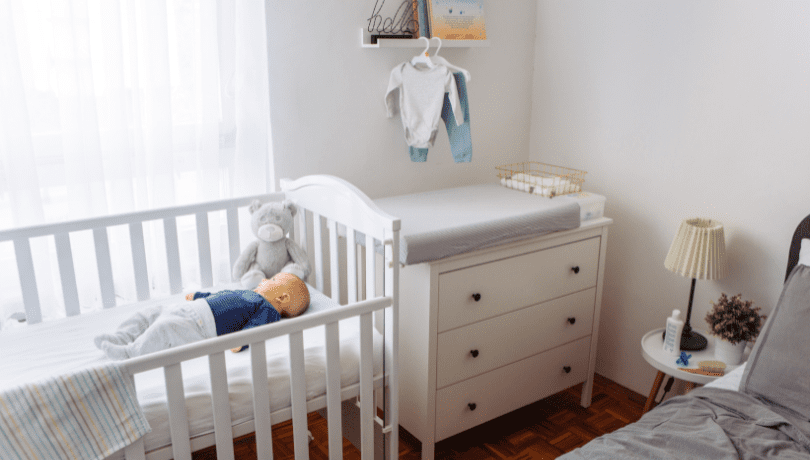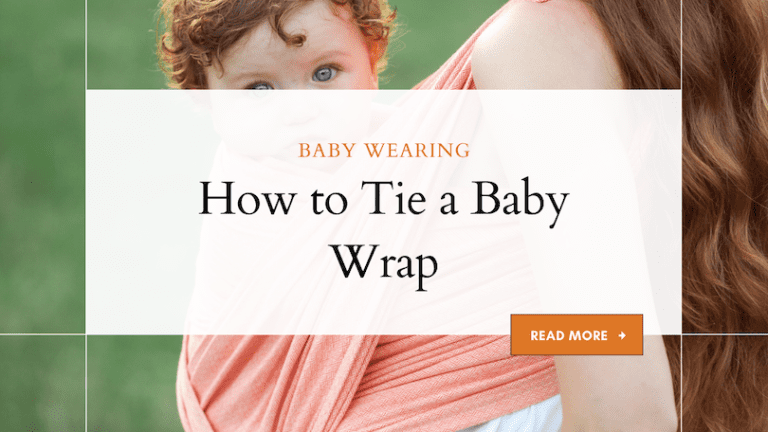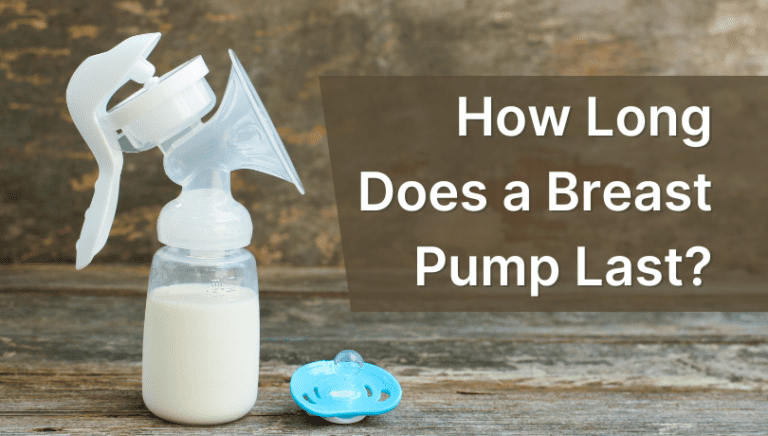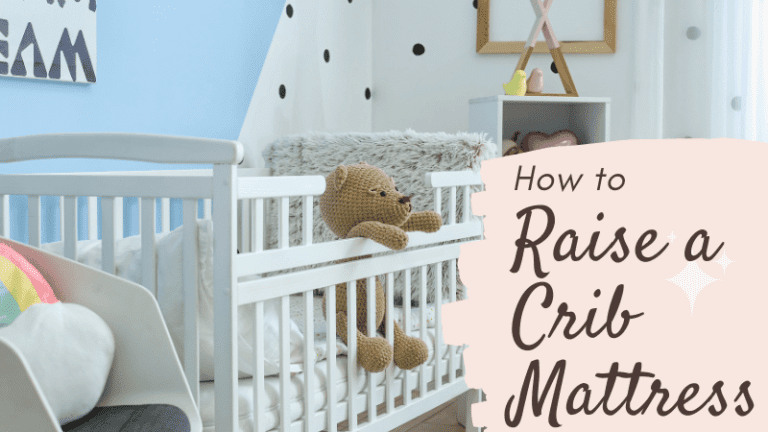How Long Can a Baby Sleep in a Bassinet?
I bought a bassinet for my daughter Fiona during her infancy and found it useful and convenient! I used the portable one with wheels that also doubled as a bedside bassinet. Not only that, but I loved that these didn’t occupy too much space and could be moved wherever I liked.
But eventually, my little Fiona outgrew that lovely bassinet, and after that, I switched her to the crib. So, how long can a baby sleep in a bassinet before you transition them to a crib, and are there signs that make things easier? I’ll answer those questions here.

Table of Contents
How Long Can a Baby Sleep in a Bassinet?
Bassinets aren’t really meant for long-term use like cribs. They even have limits set by the manufacturer.
- But also, your child’s growth pattern is unique, and they may reach developmental milestones differently (all my 6 babies reached their milestones at different times).
- So, it’s not just about knowing the manufacturer’s limit, even though that still plays a big part. It’s also about picking up on some obvious growth signs to transition from bassinet to crib.
When to Stop Using Bassinets: 3 Signs
From moving into a sleeping space to moving out for a new one, switching a baby’s sleep environment always needs some careful thought.

So, here are 3 simple signs you can use to figure out when to move baby out of bassinets.
1. Bassinet Weight Limits
- Bassinets are smaller and are designed for convenience. So, they have a weight limit of 15–20 pounds.
- If your munchkin comes really close to this limit (or even beyond it), it’s time to move them out of a bassinet and into a crib.
You shouldn’t neglect to make the transition, either. This reduces the risk of future accidents and injuries. It also helps to keep up those visits with your pediatrician to track your child’s weight and make more informed decisions.
Recommended Reading: 5 Safety Tips for Bassinets
2. Bassinet Age Limits
- A newborn or an infant doesn’t move around so much. So, keeping them in the bassinet and letting them sleep there is convenient and quite safe.
- But know that the durability of bassinets extends only until your baby reaches 4–6 months old. Beyond that point, it’s safer to switch them to a crib and prevent unfortunate accidents.
I remember noticing that my bassinet began to feel wobbly after a while. That’s when I paid more attention to the age and weight limit and switched my baby to a crib.
3. Increase in Physical Activity
We know that babies stay still in the early months, all bundled up and warm.
- But once they grow into the 3-4 month mark, they wiggle their arms and feet, and some children might even try to roll over at this stage.
- At that point, your baby might find the bassinet uncomfortable because of the narrow slats. Therefore, it’s better to be safe than sorry and switch them to a crib to keep them more comfortable.

Here are more signals that’ll let you know for certain that it’s time to make the switch:
- Your baby tries to sit up and crawl
- They are tall enough to reach the edges of the bassinet
- Your baby attempts to climb out of the bassinet or pulls at the edges
- Your baby is very active at night, rolling over more than usual
Important: If your baby becomes physically active right in the initial months, don’t wait for them to reach that age or weight limit. Bury that second thought, and prepare a crib as soon as possible!
As I always stated, every child is different!
My Fiona was 6 months old when she weighed about 24 pounds and was not that physically active. So I chose to move her out after 6 months (my bassinet had an age limit of 6 months), and that worked in my case. So, please keep these in mind before deciding on a course of action.
How to Transition from Bassinet to Crib

It need not be difficult to transition your baby from a bassinet to a crib. Involving them in the process can go a long way to making the switch easier. Here are some simple tips that can help you out:
- Before the big move, let your baby have some playtime in the crib during the day. It helps them become familiar with the new space and makes them less scared when it’s time to sleep there.
- Have a consistent bedtime routine, just like you do now! Give your baby a warm bath, a bedtime story, or a little cuddling to prepare them for the crib.
- Take it gradually! Start by slowly putting your baby into the crib for a few nights. Give them time to get used to the space and be there to soothe them whenever they need you.
Remember, every child is different! Some need that comfort and a gradual transition, while others sleep soundly in the crib right on the first day! So, stay with them during their big move.
Final Thoughts on Switching from Bassinets
You know your baby’s needs better than anyone, and that’s more important than only relying on a manufacturer’s set limits to make your decisions.
Simply keep age, weight, and physical growth in mind when you’re confused about the transition. When in doubt, move your baby out within 3–4 months or as soon as they exceed 20 pounds. These weight and age limits can save them from accidents.
And when you’re transitioning from a bassinet to a crib, please be patient and slowly settle your baby into their new sleeping space. They’re going to love it super soon.






